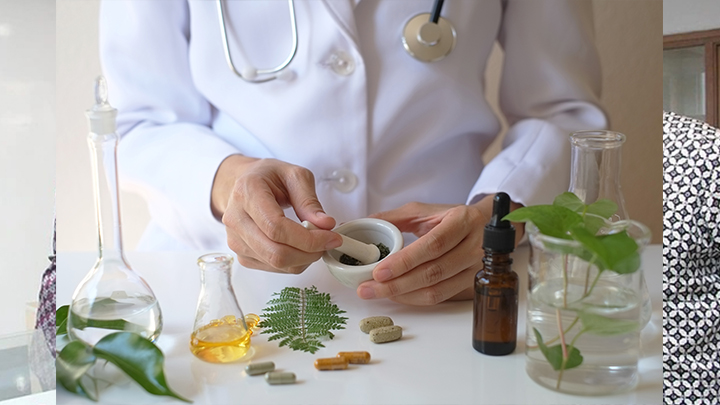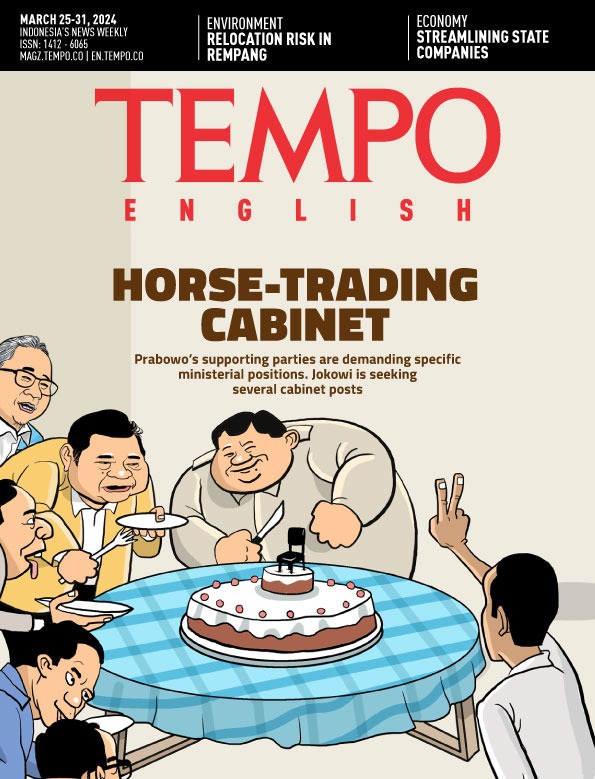Phytopharmacy’s Slow Progress
Monday, October 19, 2020
arsip tempo : 171360702839.

FOR a long time, there has always been a discrepancy between the abundance of our natural medicine resources and their actual utilization. A research of medicines and herbal plants by the health ministry in 2017 identified at least 11,218 types of medicinal plants, very few of which were developed into phytopharmaceuticals. Phytopharmaceuticals are drugs derived from plants that have passed preclinical and clinical tests. Their contents are also
...
Subscribe to continue reading.
We craft news with stories.
 For the benefits of subscribing to Digital Tempo, See More
For the benefits of subscribing to Digital Tempo, See More









